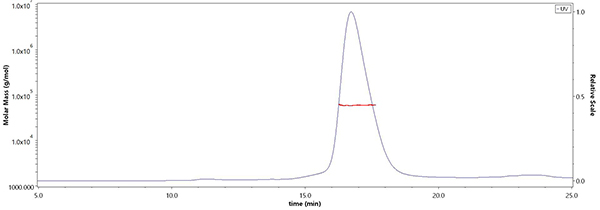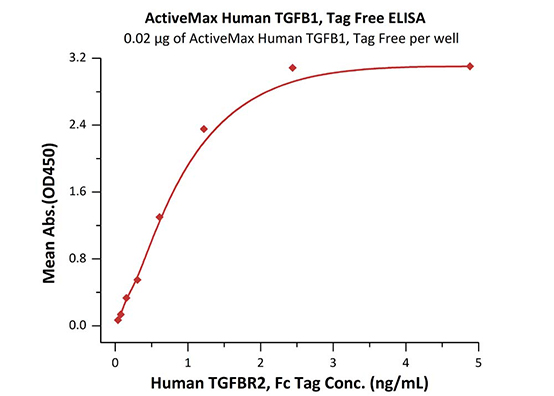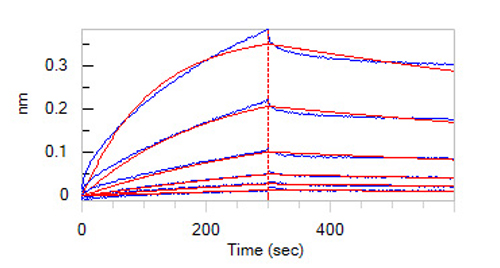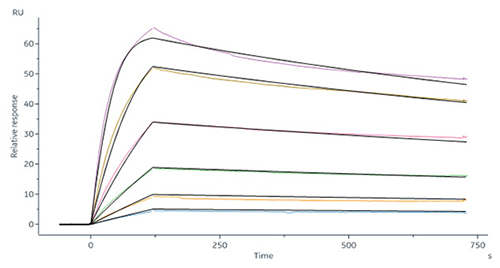
Leave message
Can’t find what you’re looking for?
Fill out this form to inquire about our custom protein services!
Inquire about our Custom Services >>


































 Request a FREE Sample of our FcRn Binding Kit!
Request a FREE Sample of our FcRn Binding Kit! Request a FREE Sample of our FcRn Binding Kit!
Request a FREE Sample of our FcRn Binding Kit!
 Limited Edition Golden Llama is here! Check out how you can get one.
Limited Edition Golden Llama is here! Check out how you can get one.  Limited Edition Golden Llama is here! Check out how you can get one.
Limited Edition Golden Llama is here! Check out how you can get one.
 Request a FREE sample of our GMP products!
Request a FREE sample of our GMP products!  Request a FREE sample of our GMP products!
Request a FREE sample of our GMP products!
> Targets of TME pathways According to the data from The Global Cancer Observatory (GCO), cancer is now one of the most serious diseases worldwide with around 20 million new cases and nearly 9.6 million deaths. In addition to a wide range of genetic and epigenetic alterations, components of the tumor microenvironment have a major impact on tumor progression. The tumor microenvironment (TME) is the environment around tumor, including the surrounding blood vessels, immune cells, fibroblasts, signaling molecules and the extracellular matrix (ECM). These cellular and non-cellular components of TME can reprogram the processes of tumor occurrence and development by regulating different cascade signaling pathways. Therefore, understanding the underlying cellular and molecular mechanisms governing these interactions can be used as a novel strategy to disrupt cancer development and contribute to the development of efficient and safe therapeutic strategies to fight cancer.
Nowadays, the TME becomes a hot area for antibody drug development and cancer treatment. ACROBiosystems have developed a series of TME related targets, such as TGF-β, Notch, etc., helping for cancer treatment and fast your R&D procedure.
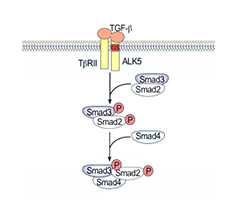
> Cytokines with pleiotropic biological activities
> Promote angiogenesis and migration in TME
> Inhibit immune system by regulating the function of immune cell groups in the TME
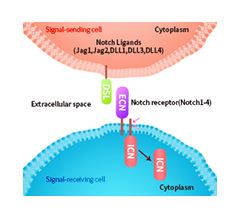
> Regulate the cell differentiation, apoptosis, proliferation and cell boundary formation
> High expression in malignant tumors
> Interact with FGF and Wnt signaling pathways, maintain cancer stem cell (CSC) growth and reshape the TME
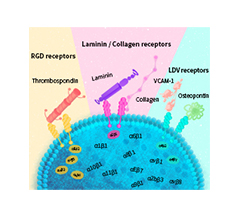
> Cell adhesion molecules
> Cell adhesion receptor with the function of signal transduction
> Have a crucial role in tumor angiogenesis, progression, and metastasis
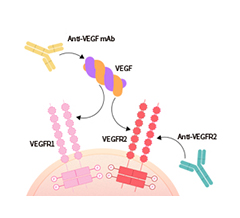
> A potent angiogenic factor
> Play a crucial role in promoting angiogenesis and regeneration
> Have some other multiple functions such as immune regulation and neuroprotection
Click on the molecule to find some details
This web search service is supported by Google Inc.









